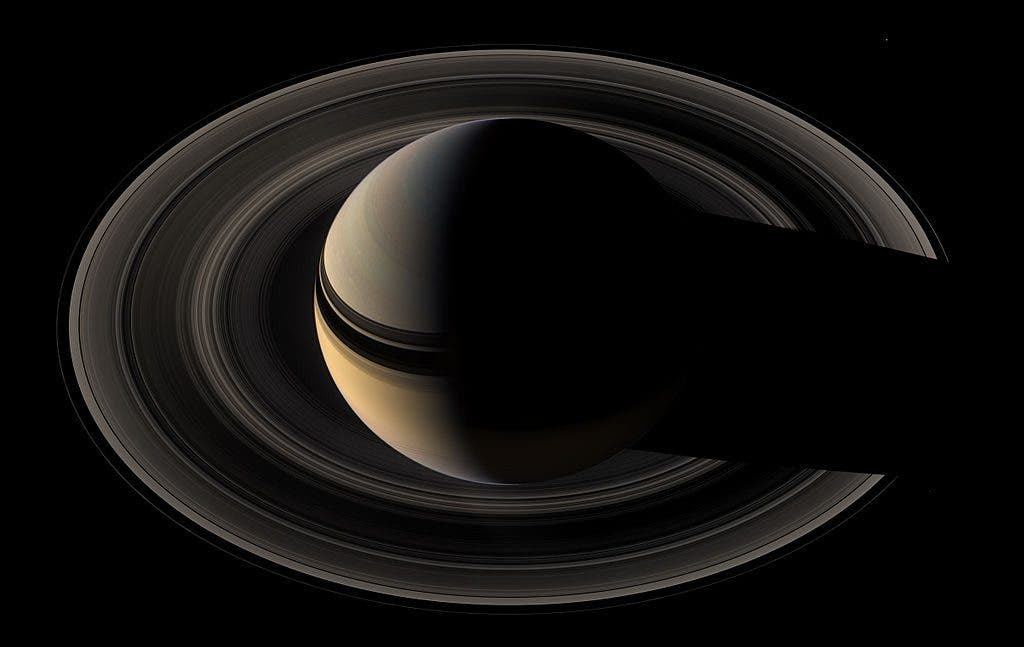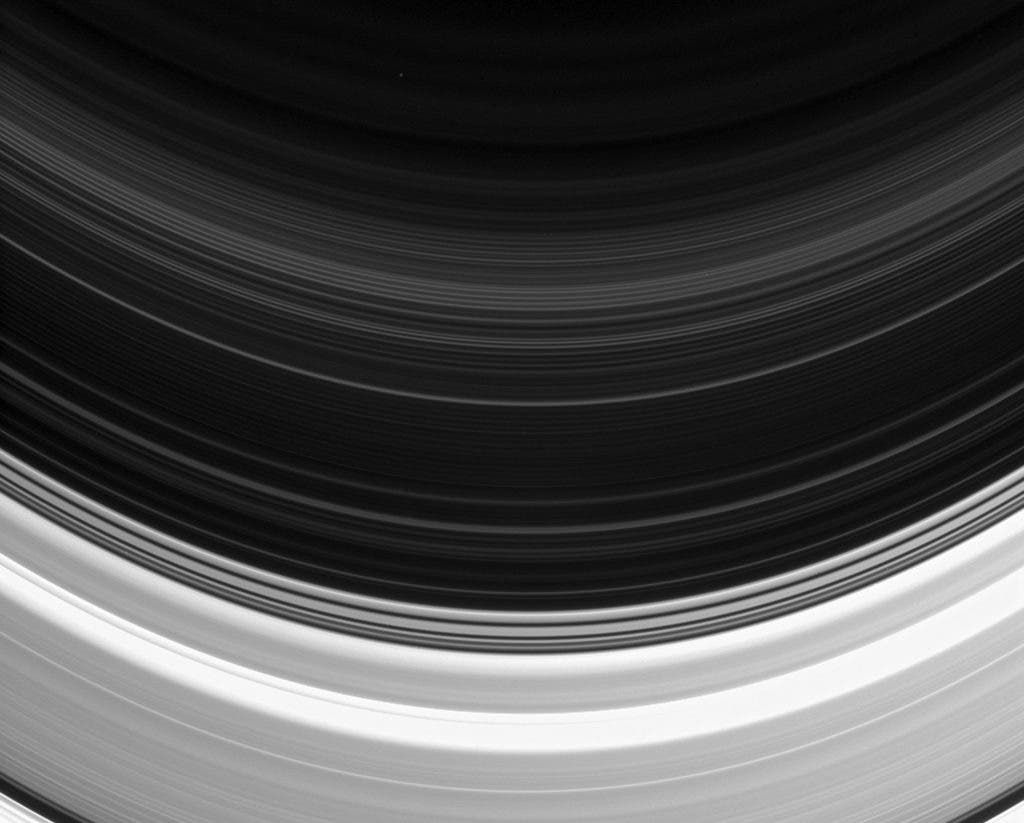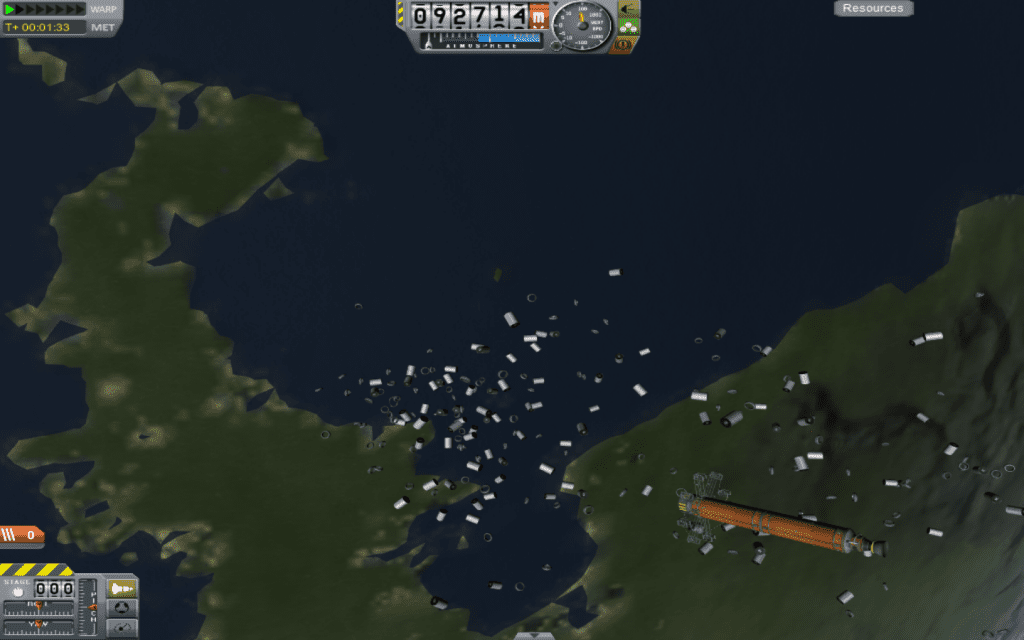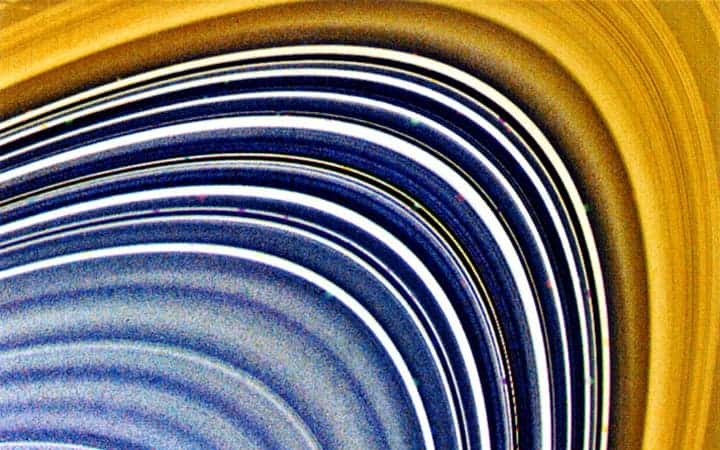Saturn’s rings are one of the most recognizable features in the solar system. First observed by Galileo in 1610, they have captured astronomers’ imagination from ancient to modern times, when advances in technology finally allowed them to properly study the rings.

Image credits NASA/JPL/Space Science Institute.
Although we associate rings with Saturn, such systems aren’t a Saturn-only deal. In fact, all the gas giants in our solar system have them. We’ve seen other bodies like brown dwarfs, minor planets, even moons or planetoids that have ring systems outside our solar system.
So how to these striking features form? Do planets grow them over time, like trees do? Are they belts for their planet-pants? Let’s see…
What rings are made of
Saturn has the biggest, most visual and beautiful ring system of the gas giants in our vicinity. For the most part this article will be using these rings as an example. But the principles outlined here aren’t limited only to Saturn — they apply to all other gas giants and celestial bodies that have rings.

Image credits NASA / JPL-Caltech / Space Science Institute.
There are three current theories which try to explain how planetary ring systems form. The first one states that the brunt of matter in the rings is actually the stuff moons are made of, but in a distinctly un-moony fashion.
As Saturn started to accrete material, its gravitational pull also grew stronger. Eventually, young-Saturn would exert sufficient tidal attraction on the surrounding dust and gasses inside its Roche limit to rip apart any larger body that they might try to form. So all this dust, gas and ice remained trapped by the giant’s gravitational field but couldn’t form anything larger than a few kilometers across.
The second and third theory are very similar to this one, with slight twists on the origin of matter. Instead of being part of the cloud-to-be Saturn, it came either from a moon that wandered inside the Roche limit or is the fallout of a moon-meteor impact caught by Saturn.
So while they don’t know exactly how they got there, scientists do agree on what the rings are made of: dust, rocks, and lots of ice.
“One thing we know for sure. Saturn’s rings are made of ice and rock. These pieces vary in size. Some are as small as a grain of sand. Others are as large as a house,” NASA’s website reads.
How they’re made
Ring systems are planar, relatively flat structures. Saturn’s rings for example span up to 482,000 km from the center of the planet but have a thickness of up to only one kilometer. What makes them so smooth? Why don’t the particles bounce all over the planet, enveloping it in a sphere of rock and ice?
On the other end of the spectrum from the orderly ring systems is collisional cascading (or the Kessler syndrome). Here, instead of all the objects orbiting a celestial body in neat tidy rings, each object is on a different orbit from the others. In this scenario, the density of objects eventually grows so high that collisions between them would start a chain reaction, leading to more collisions and so forth. This phenomena was proposed by NASA scientist Donal Kessler in 1978 as a prediction of what will happen if we allow debris to accumulate over the planet — and as a warning for Kerbal Space Programe players worldwide.

Image credits to user justidutch on forums.kerbalspaceprogram.com
While the Kessler syndrome is a man-made quasi-spherical phenomena and ring systems are natural planar phenomena, they stem from the same root — the way particles orbiting around a celestial body interact.
If an asteroid for example gets attracted by Saturn’s gravitational field and locked on its orbit, it keeps most of the speed it had while zipping through the cosmos. The inclination it will circle the planet on is dependent on its direction of travel before being locked into orbit — and the chance that it was doing so on the same plane as the rings is really tiny.
While its orbit will also be centered around Saturn it will move on a different direction than the rings, so the asteroid will have to pass through them while circling around the planet. Here it’ll get hit and its orbit changed little by little until it no longer crosses with the general inclination — an the only way to do that is to align itself to the inclination of the rings.

Image via nasa.gov
If the asteroid moves against the general rotation of the ring it will eventually hit something — really, really hard. So either it gets blown to pieces or they taken along with the flow.
In the case of ordered motion, such as planetary ring systems, objects can remain in orbit well…Indefinitely. In the case of the Kepler syndrome, they’ll keep bumping into each other until most of them crash on the planet or are burned in the atmosphere.
There are lot of places where the density of matter drops sharply but there are few real gaps in the ring. The Cassini probe found that Saturn’s disk is actually comprised of close to a thousand separate bands, each moving at slightly different speeds — like a highway with some congested lanes along ones with lighter traffic.

Image credits NASA/JPL/Space Science Institute.
The general direction and inclination of travel for ring particles is probably a remnant of dust movement during planetary accretion and imposed by eccentric force after that. In essence, particles that had orbits parallel to those of the rings but further from the equator were pushed towards the it due to the eccentric force of motion.
If you’d like more info on Saturn, here’s the link for Hubble Site’s News Releases about Saturn.
And here’s a link to the homepage of NASA’s Cassini spacecraft, which is still orbiting Saturn.


